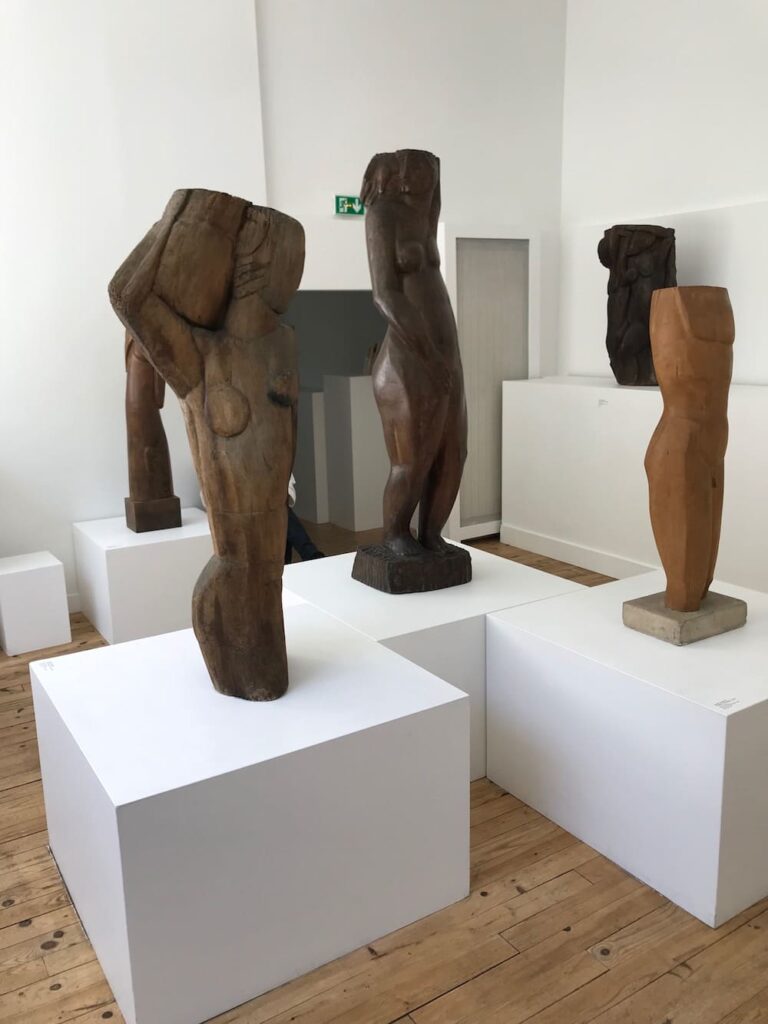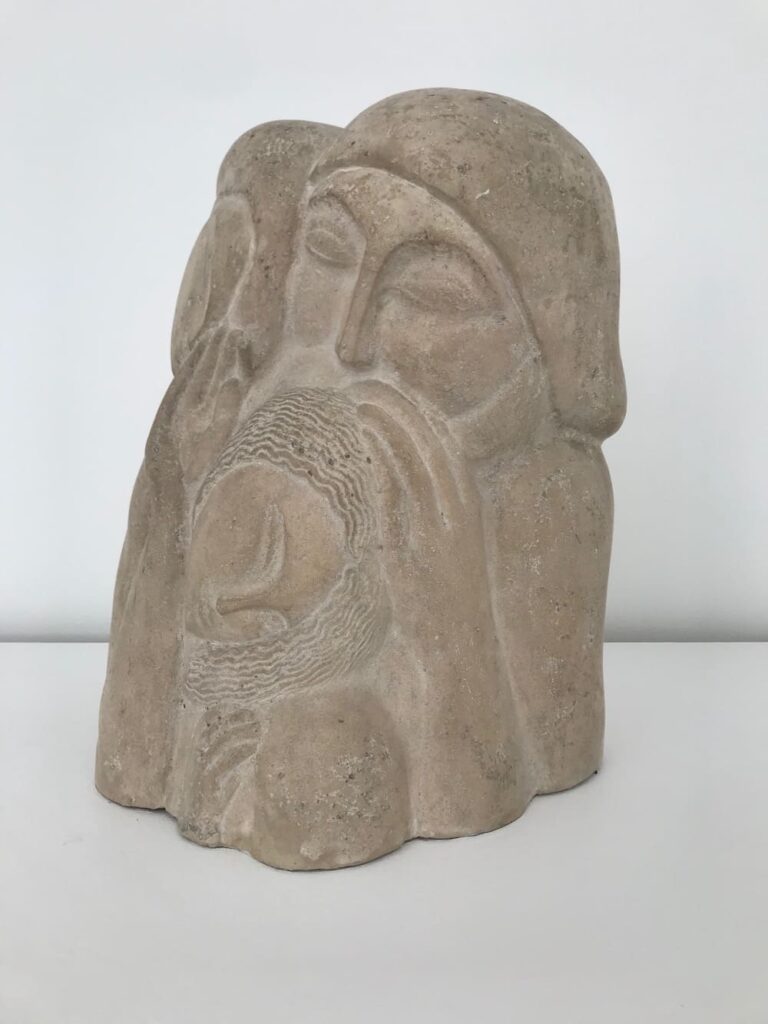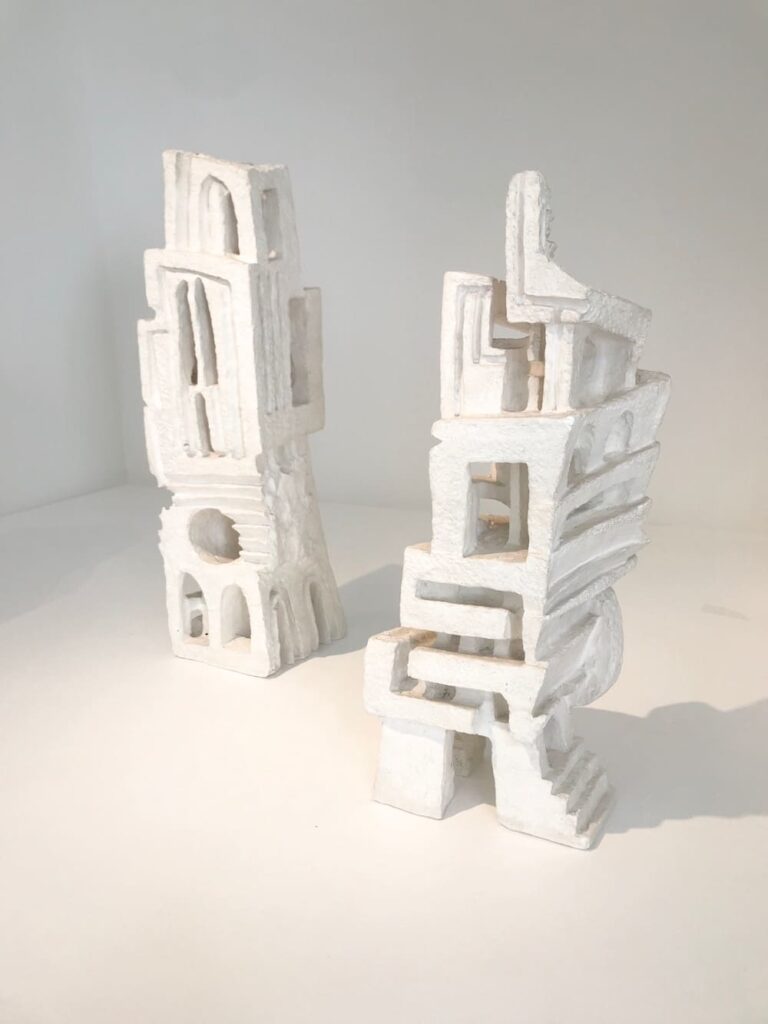6 VERY BEAUTIFUL AND LESSER-KNOWN MUSEUMS TO VISIT
With 191 museums scattered throughout the city, Paris has much more to offer than just the famous Louvre and Musée d’Orsay. In this article, I take you to 6 lesser-known museums. From former artists’ studios to museums with unique art collections, rich history and hidden courtyards.
MUSÉE DE MONTMARTRE
In the nineteenth century, the landscape of Montmartre began to change. The mills stopped operating and the vineyards slowly disappeared due to urbanization. In 1860, Montmartre became attached to the city of Paris. Artists began moving to Montmartre in 1870, and cafes and cabarets multiplied in the 1880s.
Close to the busy and famous Place de Tertre, in a more tucked away spot, is the Musée de Montmartre. A former home of many artists, including Auguste Renoir, who painted his famous paintings La Balançoire and Le Bal du Moulin de la Galette here. French post-impressionist painter Suzanne Valadon also stayed here. Valadon himself also served as a model for famous painters such as Renoir and Toulouse-Lautrec.
The permanent collection presented here will immerse you in the history of Montmartre from the nineteenth and twentieth centuries and includes paintings by Montmartre’s famous painters, photographs, posters and manuscripts.
Behind the museum you can visit the vineyards and in the garden at Café Renoir you can end your museum visit with a cup of coffee. Here you are in a very beautiful area in peace and quiet, away from all the mass tourism. 12, Rue Cortot, 75018 Paris, Musée de Montmartre.
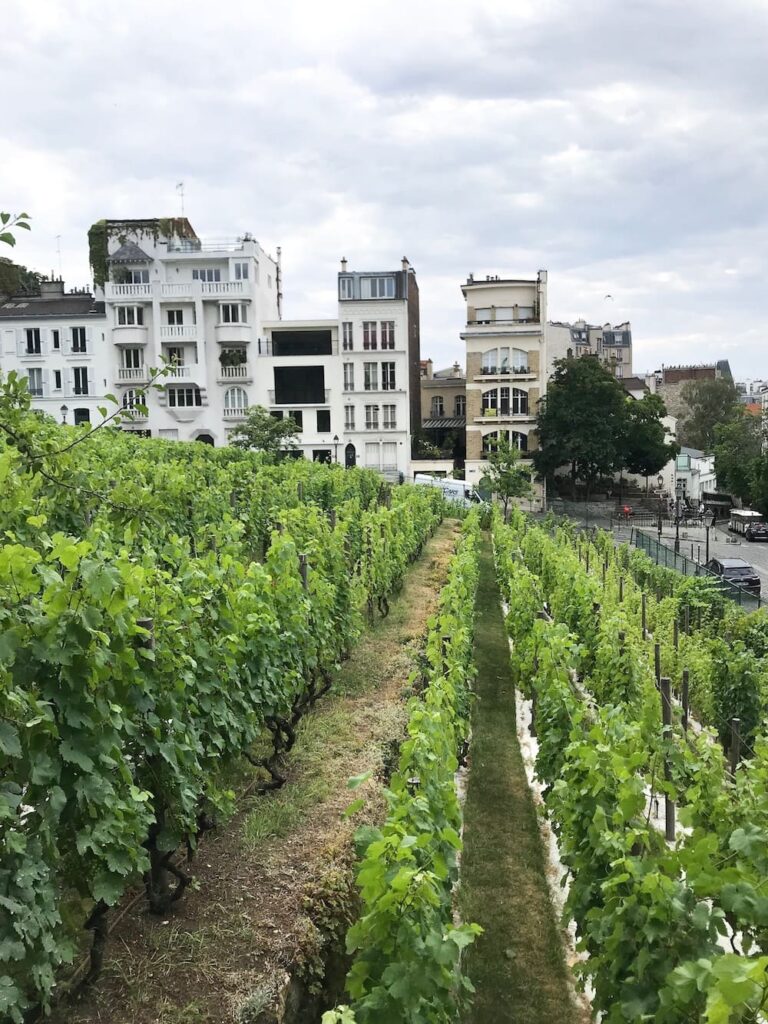
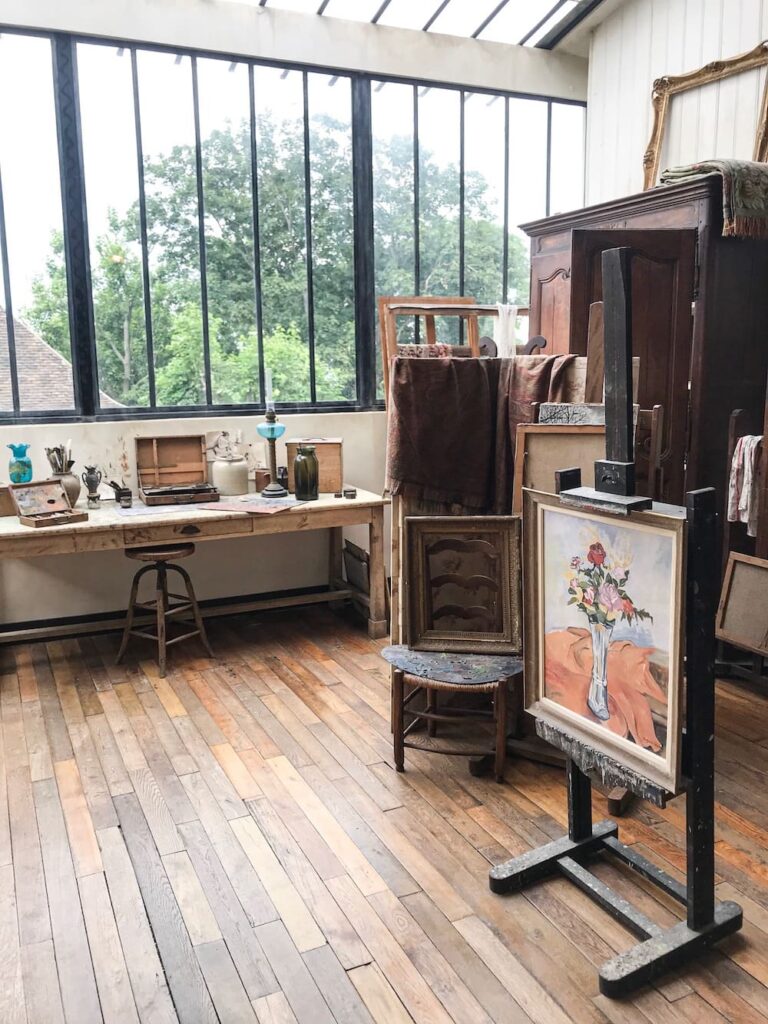
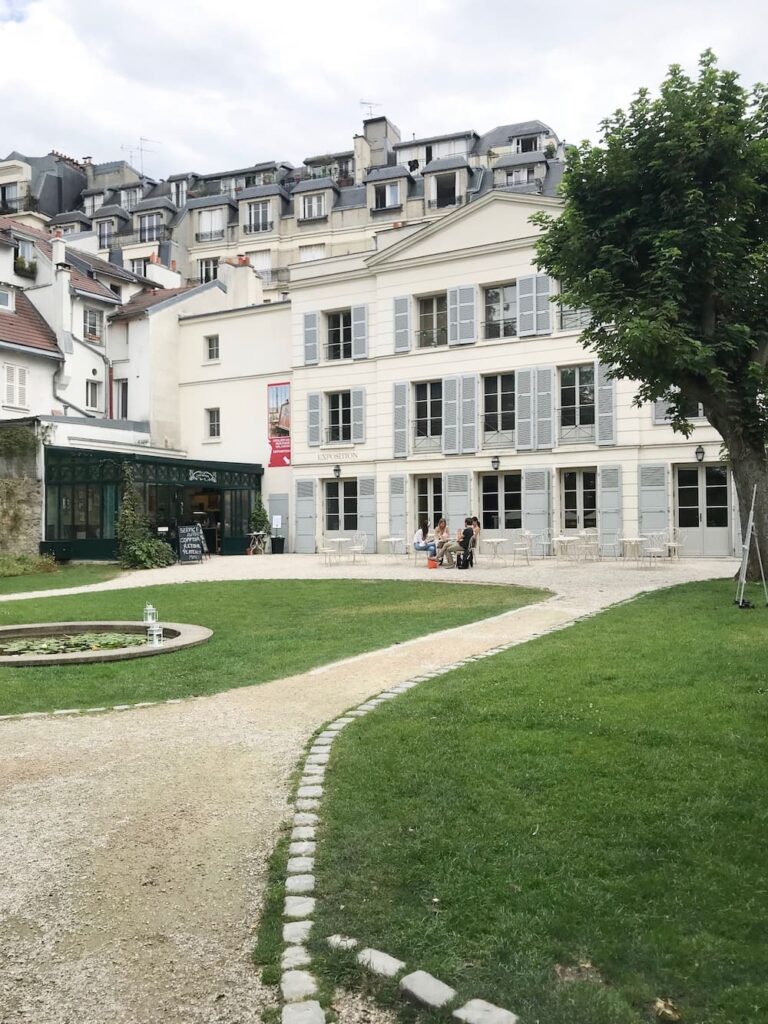
MUSÉE DE LA VIE ROMANTIQUE
In streets of the 9th arrondissement, up against Montmartre, go through a small alley and you will arrive at the Musée de la Vie Romantique. A museum you don’t just walk by.
The Dutch-French romantic painter Ary Scheffer (1795-1858) settled here in 1830. On Fridays, Scheffer welcomed to his home the artistic, literary and political elite of Paris (including George Sand, Chopin, Delacroix, Rossini, Liszt, Thiers, Marquis de La Fayette). In 1956, the property came into the hands of the French state and was later renamed a museum. The works of Scheffer and his contemporaries are on display on the second floor. The first floor is dedicated to the novelist George Sand. Portraits, furniture and jewelry from the eighteenth and nineteenth centuries are displayed here.
It is a wonderful little museum and is free to visit. We highly recommend having a drink at Rose Bakery in the museum’s garden after your visit. There you imagine yourself in an oasis of peace in the middle of the city. The terrace is accessible from March to October. 16, Rue Chaptal, 75009 Paris. Musée de la Vie Romantique.
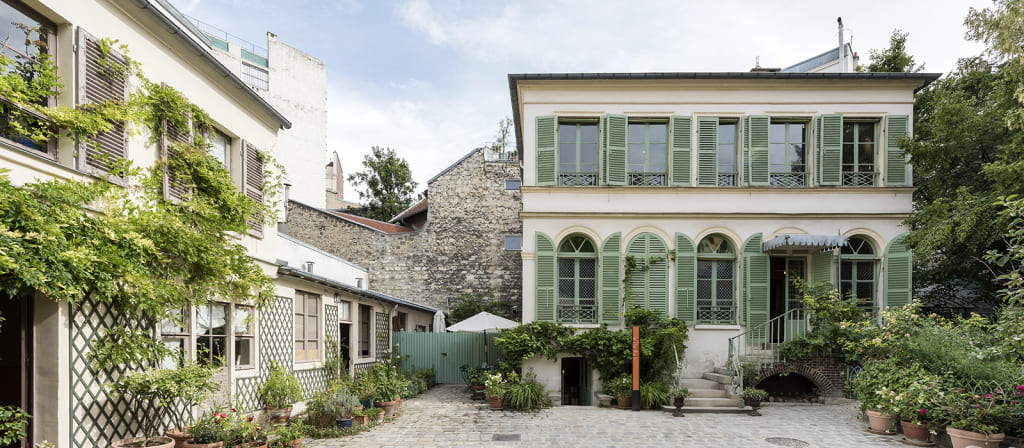
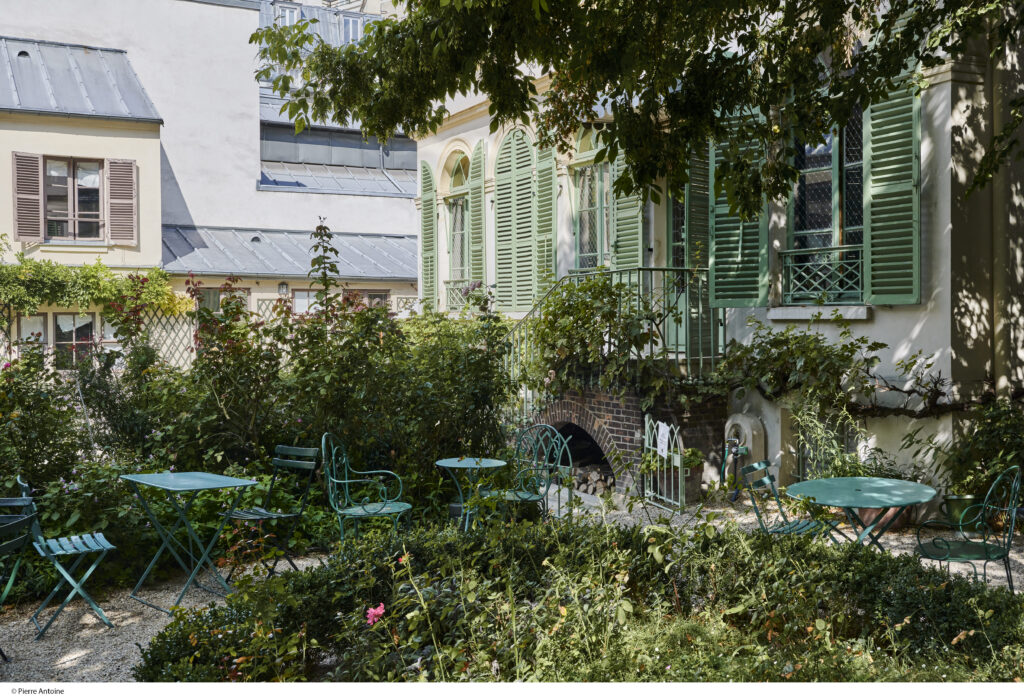
MUSÉE BOURDELLE
Stroll through Musée Bourdelle and enter the former home and studio of French sculptor Émile-Antoine Bourdelle (1861-1929). The museum houses an extensive collection of his artwork. His studio remains intact, and the garden is home to Bourdelle’s most famous bronze sculptures. 18, Rue Antoine Bourdelle, 75015 Paris. Musée Bourdelle.
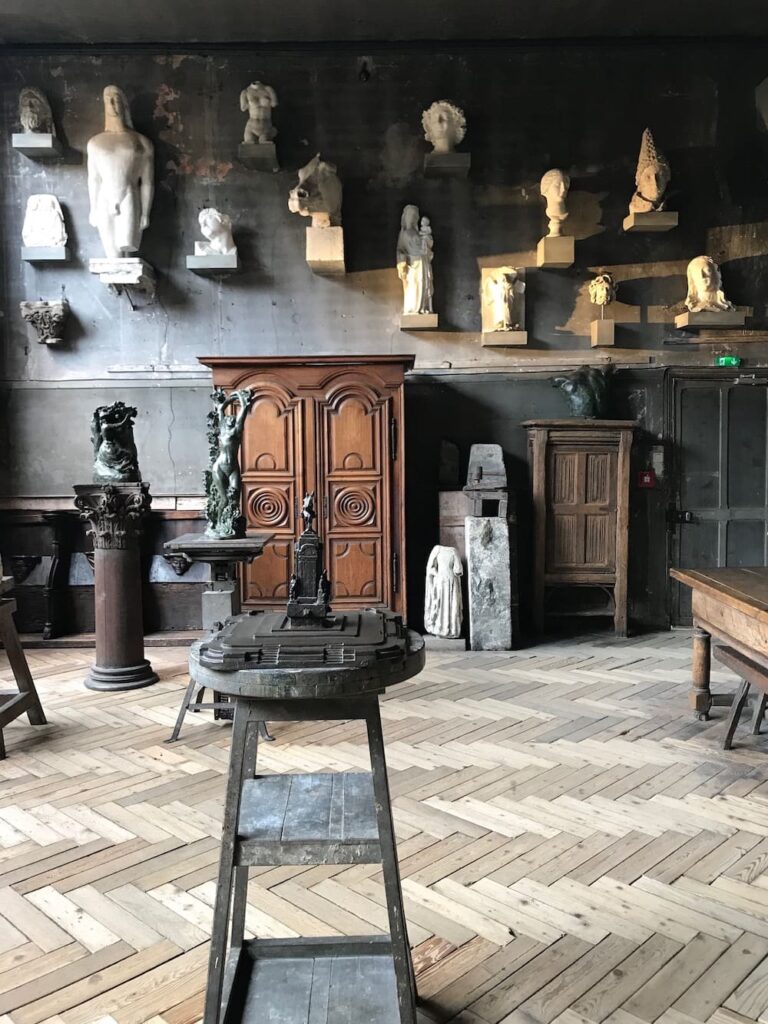
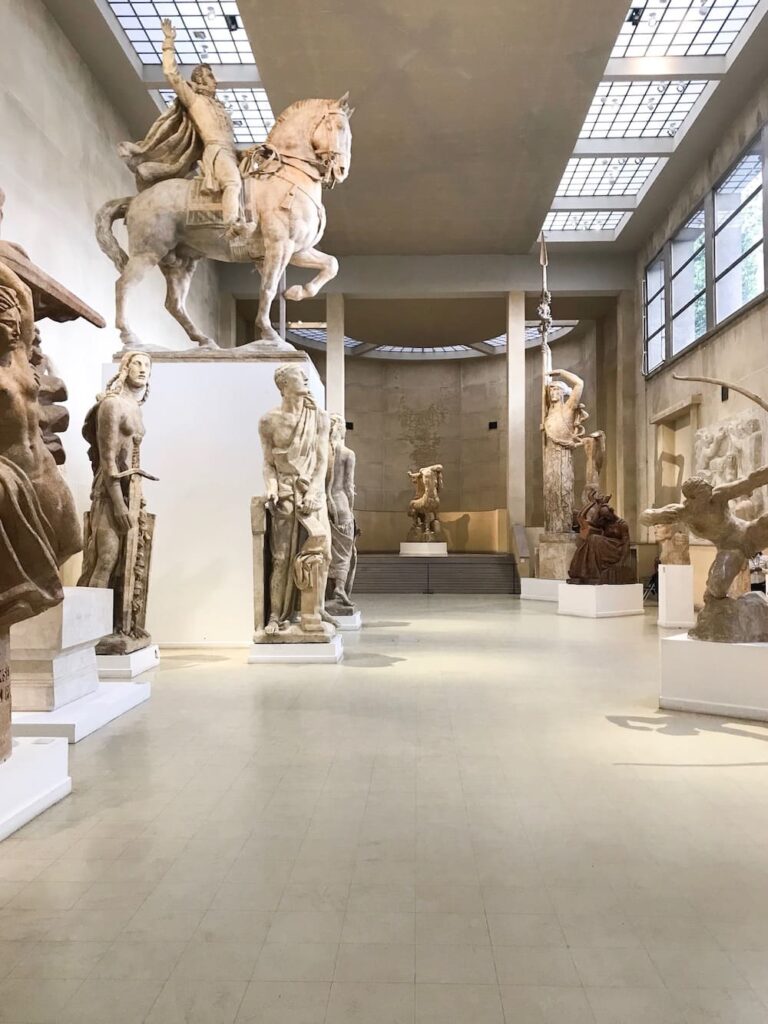
MUSÉE NISSIM DE CAMONDO
The Musée Nissim de Camondo is located on the edge of Parc Monceau. It is a former home of the very wealthy Jewish Camondo family. At the beginning of the nineteenth century, they established a bank, which would become one of the largest within the former Ottoman Empire. In 1869, two Camondo brothers left Constantinople and established the family bank in Paris. Their sons, cousins Isaac and Moïse, became well-known art collectors.
Moïse de Camondo’s passion for eighteenth-century French decorative art explains the museum’s theme. The museum houses an exceptional collection of eighteenth-century French furniture, tapestries, artifacts and items that once belonged to Marie-Antoinette.
After the museum visit, it is possible to have a drink or lunch at the stylish Le Camondo restaurant located next to the museum. There is a large terrace in the courtyard, so weather permitting, you’ll be sitting here. 63 Rue de Monceau, 75008 Paris, Musée Nissim de Camondo. 61 bis rue de Monceau, 75008 Paris, Restaurant Le Camondo.
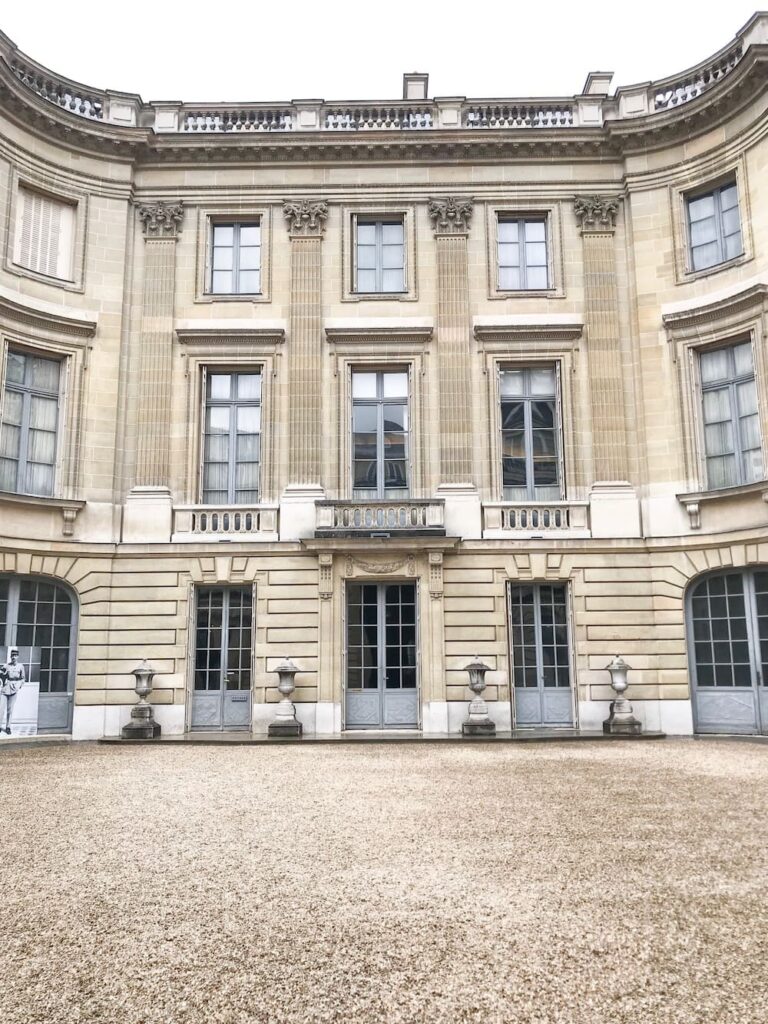

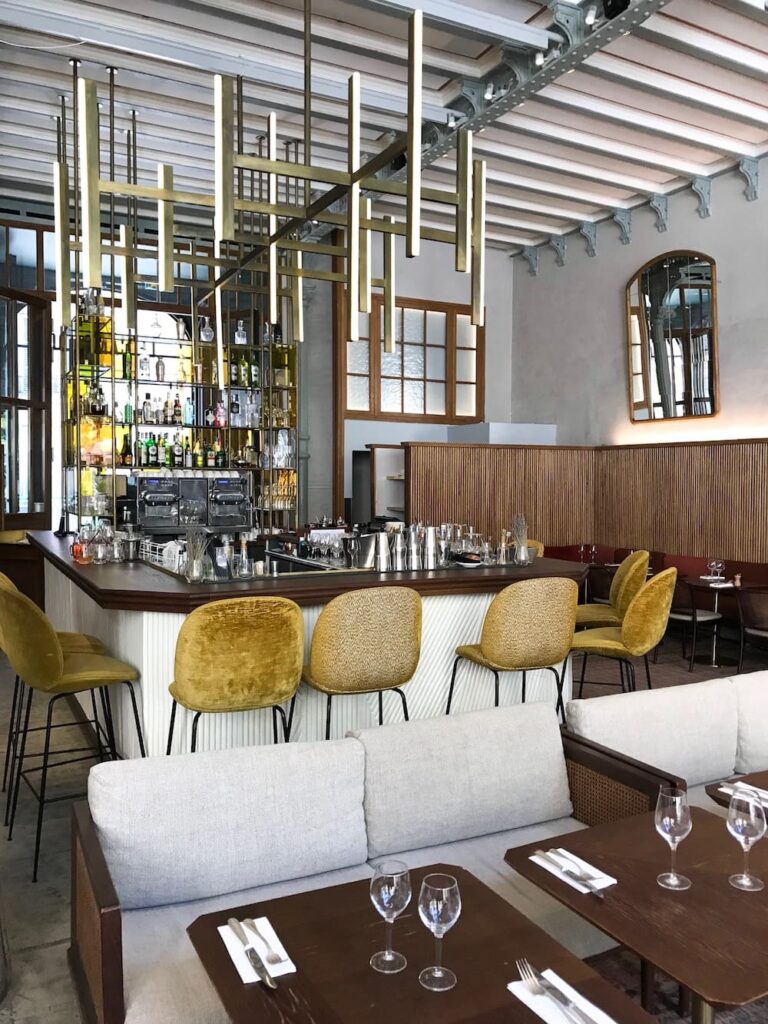
MUSÉE GUSTAVE MOREAU
The Musée Gustave Moreau is dedicated to the works of French painter Gustave Moreau (1826-1898). It is located in the 9th arrondissement in Moreau’s former residence. A year before his death, he donated his home studio to the French state.
On display are paintings, sketches, watercolors and drawings. On the second floor, walk through the rooms of the artist’s apartment. A beautiful spiral staircase takes you from the second to the third floor where more impressive works by Moreau can be seen. 14, Rue de la Rochefoucauld, 75009 Paris. Musée Gustave Moreau.
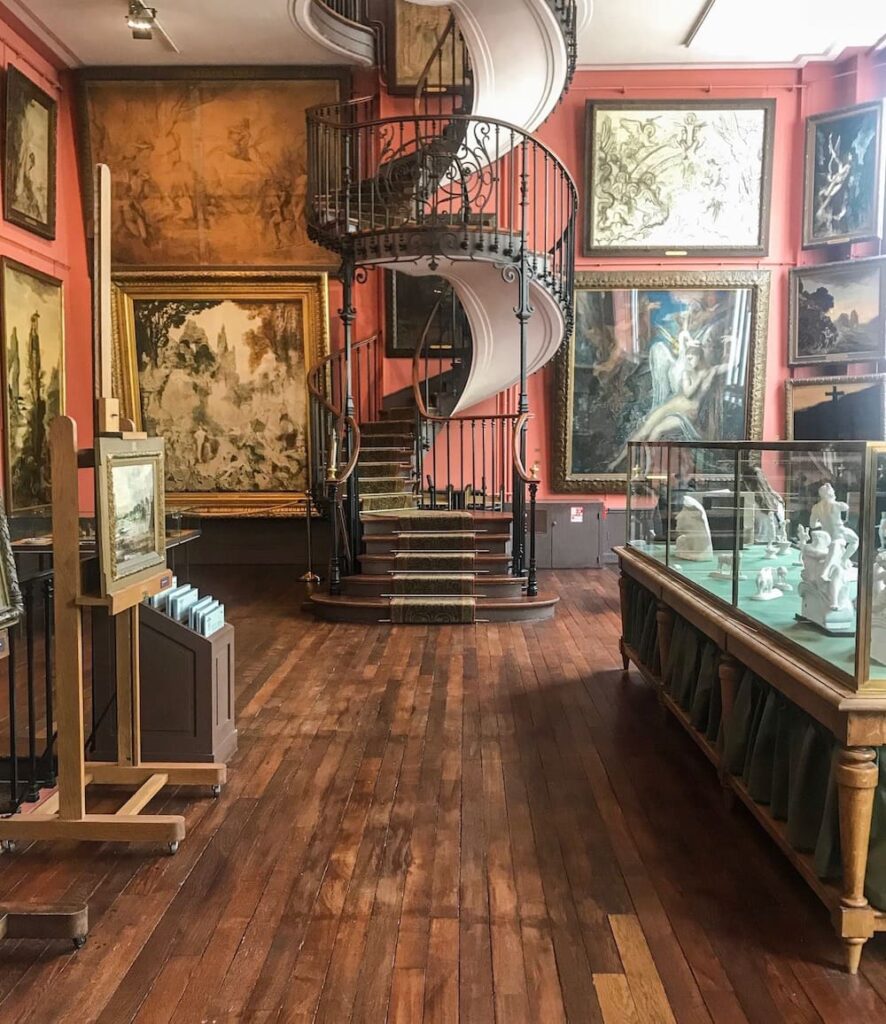
MUSÉE ZADKINE
Near one of the most beautiful gardens in Paris, Jardin du Luxembourg, is the small and charming Musée Zadkine. The museum is located in the house and studio where Russian-French sculptor Ossip Zadkine (1890-1967) lived and worked from 1928 until his death. He is known in the Netherlands for his work De Verwoeste Stad, the war memorial on square 1940 in Rotterdam.
Musée Zadkine, like Musée de la Vie Romantique and Musée Bourdelle, is part of Paris Musées. These museums are free to visit. Only during or for temporary exhibitions is admission to the museums not free. 100bis, Rue d’Assas, 75006 Paris. Musée Zadkine.
